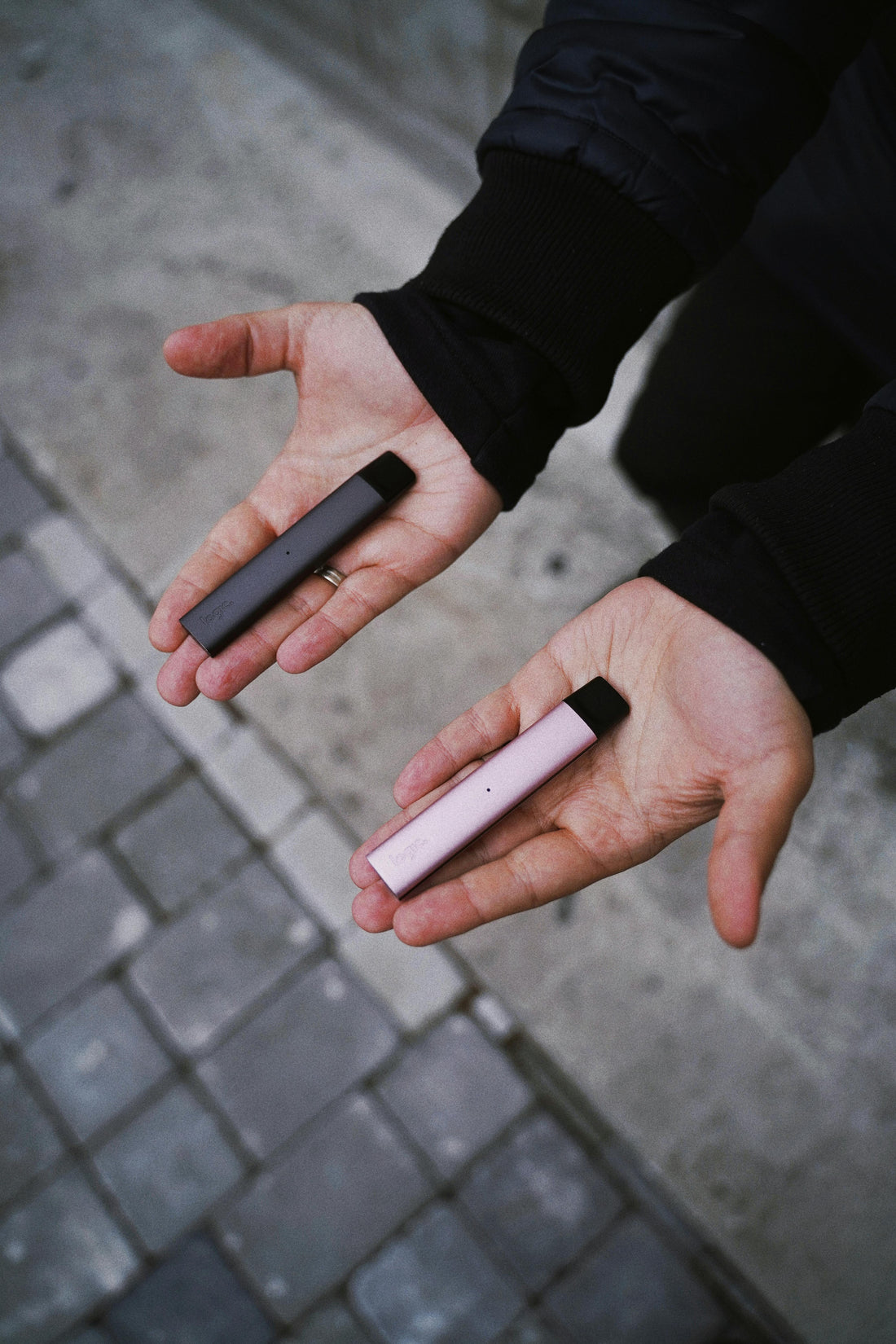
Nicotine Replacement Therapy
How to use Vaping Products as Nicotine Replacement Therapy
Although vaping is less harmful than smoking, it’s not harmless. So you should plan to eventually quit vaping too, but only when you know you won’t go back to smoking.
A step-down approach is the best way to quit using Nicotine vape products. The My QuitBuddy app is a helpful resource that helps you get, and stay, smoke-free and vape-free. It provides helpful tips and distractions to overcome cravings and tracking systems to chart your progress.
What do I do if I experience a side effect?
There are known health risks associated with vaping such as:
- irritation of the mouth and airways
- persistent coughing
- nausea and vomiting
- poisoning and seizures from inhaling too much nicotine or ingestion of e-liquid
- burns or injury caused by an e-cigarette overheating or exploding
- respiratory problems and permanent lung damage
- harm to the developing adolescent brain.
The nicotine in vapes is highly addictive and may also affect your mental health.
You may experience nicotine withdrawal symptoms that include:
- mood changes
- difficulty concentrating
- feeling nervous, restless, irritable and/or
- anxiety.
In the event of a serious side effect, please contact our pharmacists at 1300 420 965 or contact 000 and visit your local emergency department if necessary.
Nicotine poisoning
- Nicotine is highly toxic and rapidly absorbed after either ingestion or inhalation.
- Mild nicotine exposures may result in gastrointestinal symptoms only, such as nausea & vomiting
- Larger doses may be rapidly absorbed and can cause severe toxicity resulting in seizures, cardiovascular collapse and coma
- Liquid nicotine solutions used in vaping devices are often highly-concentrated. Small volumes may cause life-threatening toxicity in children. It’s very important to keep your nicotine vaping products out of reach of children at all times.
- In the event of suspected nicotine poisoning, please contact the Poisons Helpline (13 11 26) or contact 000 and visit your local emergency department.
Counselling
It’s a good idea to create a support network that you can call on when you need. Talking to your loved ones and your GP is a great start, but other quit support options are also available.
Quitline: Is a free, specialised support service dedicated to helping people quit cigarettes and vapes. Their highly skilled staff are available 7 days a week on 13 QUIT (13 7848).
One-on-one advice: You may choose to talk to your doctor, health educator, psychologist, psychiatrist, or other health professional who has been trained to help people quit. These health professionals will help you understand why you smoke or vape, and provide strategies to help you quit.
Courses: Attending a quit course could provide both information on how to quit smoking, and support as you quit.
Alternative treatments
There are other ways to assist quitting nicotine vapes, such as acupuncture, hypnosis and herbal preparations. While the theory behind each of these methods varies, there is no clear evidence to show how much they help.
- Hypnosis – proposes to act on underlying impulses to weaken the desire to smoke and strengthen your will to stop.
- Acupuncture – a traditional Chinese medicine, involves inserting fine needles into the skin at specific points in the body.
Other techniques include acupressure, laser therapy and electrostimulation. The aim of these therapies is to reduce withdrawal symptoms.